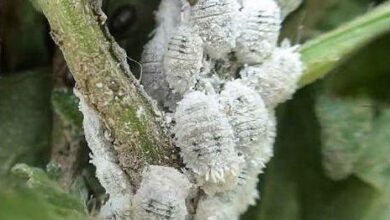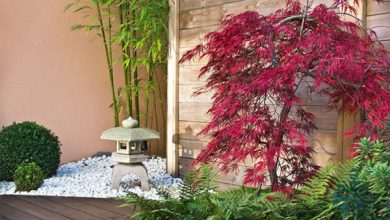Solanaceae: [Characteristics, Planting, Irrigation, Substrate, Care]

Important points when sowing Solanaceae
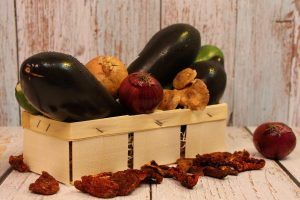 Where to sow? In full light. It needs a lot of sunlight.
Where to sow? In full light. It needs a lot of sunlight.- When? In autumn (January and March).
- How do we prepare the land? Stirred, aerated, removing weeds. Abundant organic matter andearthworm humus.
- How do we water? Ideal with drip.
- How often do we water? In summer, daily with abundant watering without flooding. The rest of the year spaced irrigation.
- Plagues and diseases? Green aphid, cottony mealybug, nematodes, whitefly. Gray mold, tomato cladosporiosis, root rot, among others specific to solanaceous species.
Nightshade Characteristics
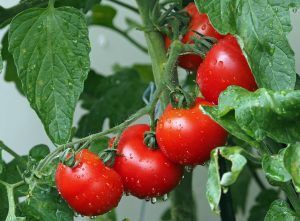 When referring to the Solanaceae (Solanaceae) we group together a group of plants that have common characteristics in the shape of their flowers or how the seeds are arranged in their fruit.
When referring to the Solanaceae (Solanaceae) we group together a group of plants that have common characteristics in the shape of their flowers or how the seeds are arranged in their fruit.
In this group of plants can be found from herbaceous, sub-shrubs, shrubs, trees or lianas. They can be annual, biennial or perennial, erect or decumbent.
Solanaceae are usually provided with underground tubers. They do not present laticiferous, latex, or colored juices and may have a basal or terminal aggregation of leaves or have neither of these types.
Nightshades contain chemicals known as alkaloids including solanine from potatoes (when green), nicotine (in very small amounts!), and capsaicin, which gives you the burning sensation in bell peppers.
Careful with this!Some of the nightshades are very toxic and poisonous, such as belladonna, mandrake, henbane and jimson weed. Tobacco also belongs to this group of plants.
There are more than 2,500 species of plants that belong to the Solanaceae, widely known and used as food and medicine, but the most common are: tomatoes, eggplants, zucchini, peppers, potatoes and berries.
Some vegetables from the nightshade group have been linked to pain, inflammation and digestive problems in people who are intolerant to their components.
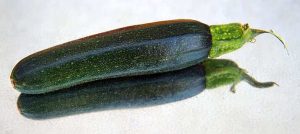 The Solanaceae comprise 98 genera and about 2,700 species.
The Solanaceae comprise 98 genera and about 2,700 species.
However, this enormous variety of species is not evenly distributed among all genera.
Therefore, the 8 most important genera of the family concentrate more than 60% of the species, as shown in the table below. In fact, Solanum alone —the typifying genus of the family—includes nearly 50% of all Solanaceae species.
| Gender | Approximate number of species |
|---|---|
| solanum | 1330 |
| lycianthes | 200 |
| Cestrum | 150 |
| Nolana | 89 |
| Physalis | 85 |
| lycium | 85 |
| Nicotiana | 76 |
| Brunfelsia | Four. Five |
| Estimated number of species in the family | 2700 |
Which nightshades are edible?
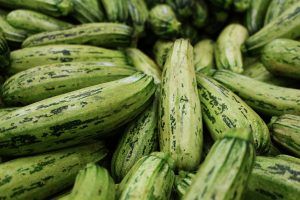 There are a number of solanaceous-type plants that are edible. In fact, they are widely used in gastronomy worldwide. We have mentioned them before:
There are a number of solanaceous-type plants that are edible. In fact, they are widely used in gastronomy worldwide. We have mentioned them before:
- Tomatoes.
- Eggplants.
- Peppers.
- Potatoes.
- Berries.
Which nightshades are toxic?
- Belladonna.
- Mandrake.
- White henbane.
When to sow nightshades?
 The best time to grow plants that belong to the Solanaceae group is between January and March, being the ideal spring for their fruits to grow and ripen.
The best time to grow plants that belong to the Solanaceae group is between January and March, being the ideal spring for their fruits to grow and ripen.
Where should we plant nightshades?
The ideal place to place and sow the plants of the Solanaceae group is in full light since they need a lot of sunlight. They should also be protected from drafts.
How to prepare the land?
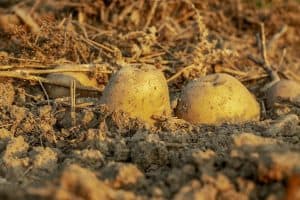 Preparing the soil for solanaceous plants requires being very consistent with the nutrients that are put into the soil.
Preparing the soil for solanaceous plants requires being very consistent with the nutrients that are put into the soil.
It needs abundant organic matter, such as earthworm humus, with good drainage and a pH between 6-7.
The organic matter for the solanaceae must be placed at least once a month, which will ensure that the species develop healthy and strong.
When preparing the land for sowing Solanaceae, it should be taken into account that many of the species in this group require stakes to support the stems of the plants.
The trellis can be done by means of a tying system with ropes, threads or other material that is used to «embrace» the stem of the plant together with the trellis but that are not too attached.
How do we water nightshades?
 For Solanaceae, irrigation must be abundant and appropriate to the season.
For Solanaceae, irrigation must be abundant and appropriate to the season.
But it is important to measure the irrigation very well, since in summer they require abundant water but the rest of the year they must be more spaced.
How do we plant Solanaceae step by step?
To plant potted nightshades, choose a topsoil enriched with organic fertilizer.
For example, the aubergine, sown in seedbeds at the end of winter, is one of the last to germinate, along with the pepper seed,
Transplant the brinjal crop at the beginning of spring, when the plant has four leaves, leaving 40 cm of separation between plants.
Other nightshades
- Sow with a distance between each of 1 to 1.5 m, both between plants and between rows.
- Bury the nightshade, depending on the type in question, about 20 to 25 cm so as to plant until the first leaf so that the roots of the stem can come out.
- Fertilize every 15 days, only in some cases of Solanaceae such as tomato so that they grow healthy and strong.
- The first shoots will appear after 2 weeks.
- Collect its fruits until approximately 90 days have passed.
- Locate nightshade plants in full direct sunlight for best and rapid growth.
What favorable associations does it have?
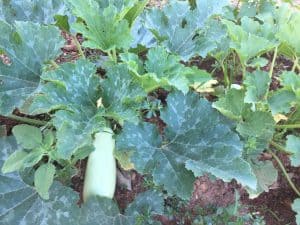 The association of crops of compatible plants produces benefits with respect to their cultivation separately, in addition to the use of light, water and/or nutrients.
The association of crops of compatible plants produces benefits with respect to their cultivation separately, in addition to the use of light, water and/or nutrients.
Solanaceae can be associated with other varieties that are compatible, for example, peppers or courgettes, and with this they are very strict, since, if the wrong variety is placed next to it, it will not be able to grow normally.
The aromatic ones also adapt correctly to the association with the Solanaceae. So, cherry tomatoes and closely a little arugula or basil, for example.
What pests and diseases does it have?
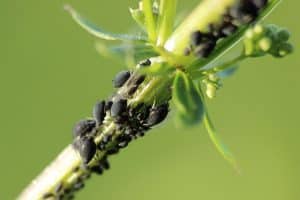 The pests and diseases that attack Solanaceae are specific to the type of species in question.
The pests and diseases that attack Solanaceae are specific to the type of species in question.
However, at a general level it can be stated that the most common pests of the Solanaceae group of plants are nematodes, greenhouse whiteflies, aphids, slugs, snails and worms.
Among the diseases is gray mold, apical necrosis, mildew, dry branch disease; mosaic virus, potato scab, potato wart, potato beetle, and powdery scab, among others.
To help combat Solanaceae pests and diseases it is recommended to remove and burn infested plants and spray with fungicide.
Solanaceae as ornamental plants
Some nightshades have also been used as ornamental plants. The most famous is probably the petunia, but there are others like:
Bibliography
- Encyclopedia My first knowledge about Plants, Snakes and Conservation. (1961). Spanish edition by Dr. Frank Thompson. Grolier Publisher Incorporated New York. Printed in Mexico.

![Photo of Aloe Ferox: [Cultivation, Care, Irrigation, Substrate, Pests and Diseases]](https://www.complete-gardening.com/wp-content/uploads/2022/08/aloe-ferox-cultivation-care-irrigation-substrate-pests-and-diseases-390x220.jpg)
![Photo of Cauliflower Pests and Diseases: [Detection, Causes and Solutions]](https://www.complete-gardening.com/wp-content/uploads/2021/06/coliflor_1603700360-390x220.jpg)
